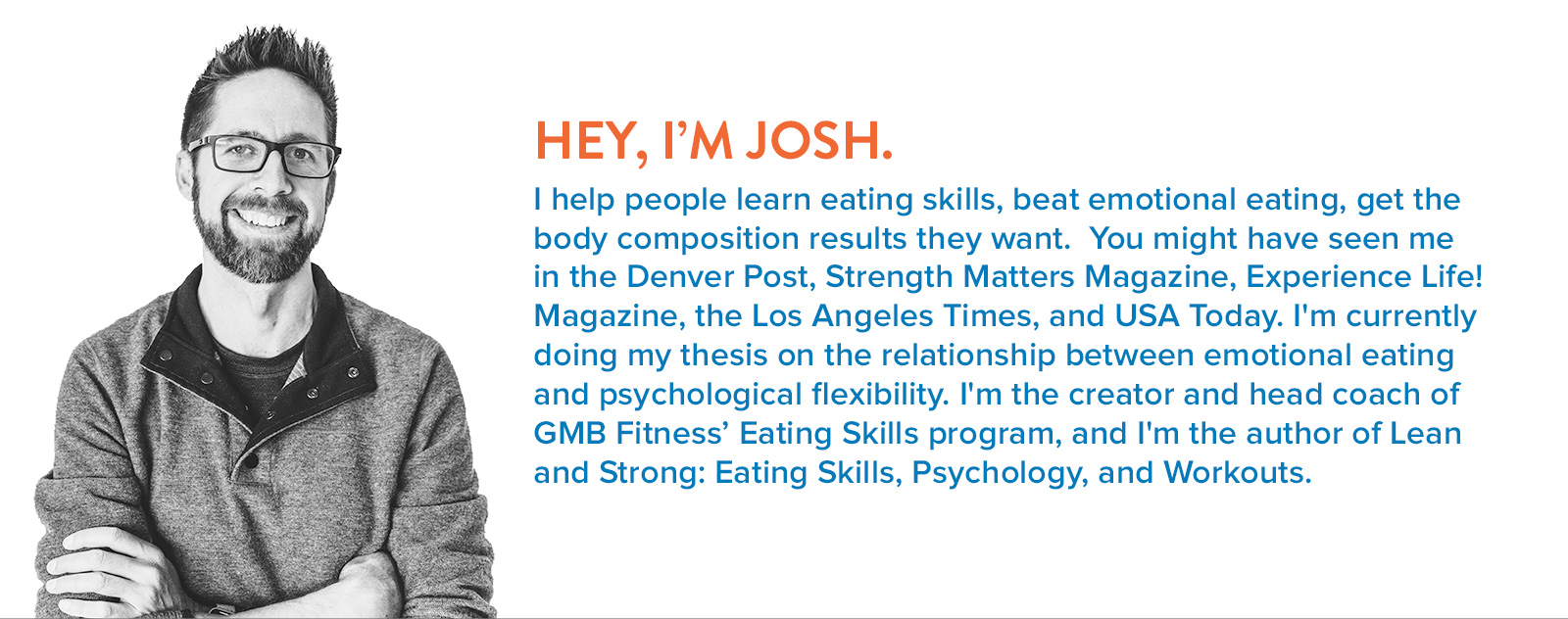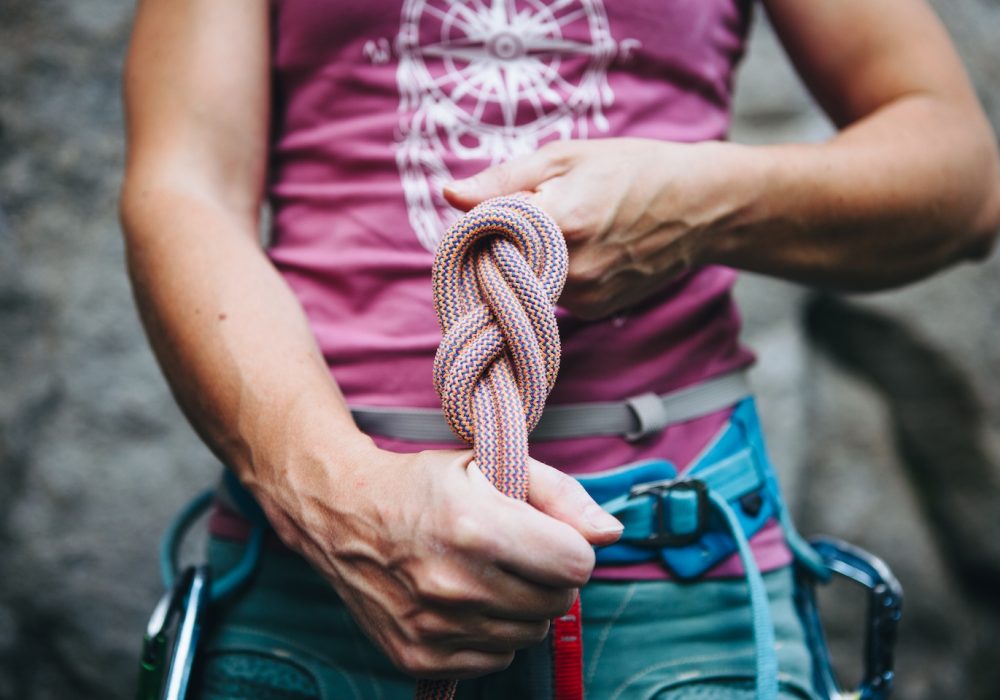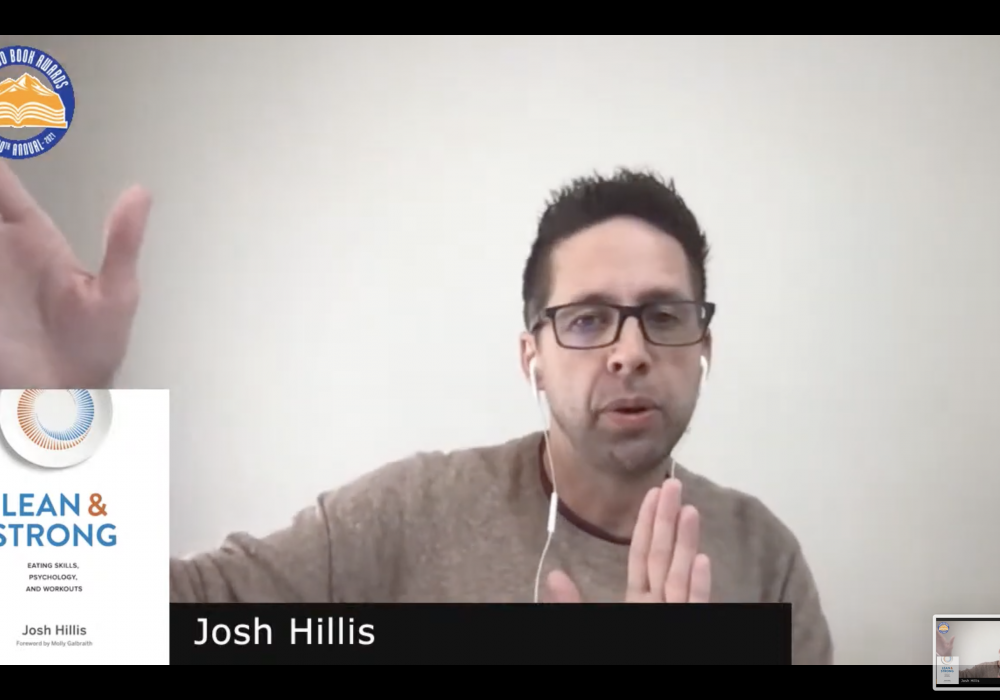One of the most common issues folks come into JH Eating Skills wanting to work on is snacking after dinner. There’s nothing wrong with eating after dinner, …
[Read more...] about Having trouble with snacking after dinner?
Eating skills, psychology, and workouts
Instead, it’s time for you to do the important work of building eating skills, dealing with perfectionism, and clarifying your values around food. It’s a healthier approach, a more effective approach, and an approach that get you the weight loss results you want for a lifetime.

One of the most common issues folks come into JH Eating Skills wanting to work on is snacking after dinner. There’s nothing wrong with eating after dinner, …
[Read more...] about Having trouble with snacking after dinner?

There's a in inherent danger, but most people can manage it with safety precautions. With rock climbing, you need a rope and safety checks. Pursuing …

Here's the video of the virtual reading for the Colorado Book Awards for general non-fiction and history. You can catch me at: About Lean and Strong, and …
JH Eating Skills Program and Coaching Group
Develop the skills of eating autonomy; Put yourself in the driver's seat with food.